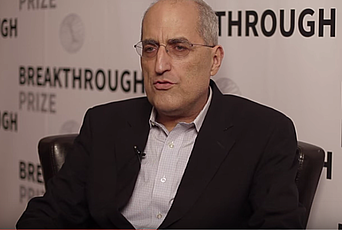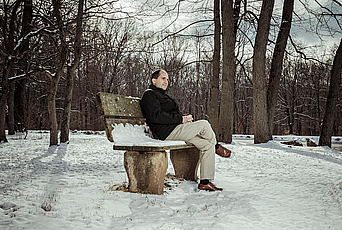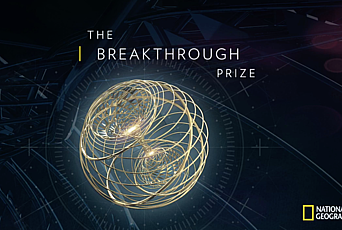
Daniel Freedman Among Recipients of 2019 Special Breakthrough Prize for Discovery of Supergravity
Daniel Freedman, former Member (1967–68, 73–74, 86–87) in the School of Natural Sciences, along with collaborators Sergio Ferrara and Peter van Nieuwenhuizen were announced today as the recipients of the 2019 Special Breakthrough Prize in Fundamental Physics for the invention of supergravity—a theory that describes the geometry of spacetime using quantum variables.
“Supergravity is a remarkable construction that extends Einstein’s theory of gravity to include quantum variables in the structure of spacetime,” explained Edward Witten, Charles Simonyi Professor in the School of Natural Sciences, to Ryan F. Mandelbaum of Gizmodo. Witten adds, “Supergravity has been extraordinarily important in many later developments.”
First proposed as a theory in 1976, supergravity is an attempt to unify the fundamental forces of the universe. Although it has not been experimentally proven, supergravity has had a powerful influence on theoretical physics: it showed that supersymmetry was capable of accounting for various phenomena, including gravity. The theory has similarly advanced understanding of particle physics and provided a foundation for efforts to build a theory of quantum gravity.
Numerous scholars have applied the tools offered by supergravity, including Michael Green and John Schwarz in a 1984 proof that put superstring theory on a stable mathematical footing, Cumrun Vafa and Andrew Strominger on quantum black holes, and Juan Maldacena, Carl P. Feinberg Professor, and others in the development of “holographic” theories of gravity.
According to Freedman, who spoke with Symmetry Magazine, “The idea for supergravity grew from knowledge of force-carrying particles, those associated with the strong, weak, and electromagnetic forces. Those have already been detected in nature and, ‘in my opinion, the chances are good that nature knows about supergravity also,’ he says.”
While particle accelerators have thus far failed to find any evidence of supersymmetric particles, patience has proven prudent in the past. As reported by Scientific American, “The Higgs boson was not observed until five decades after it was first predicted. For supersymmetric particles such as the gravitino, [Ferrara] says, ‘we still have some decades to go’ before considering it overdue.”
The new laureates will be recognized at the 2020 Breakthrough Prize ceremony at NASA’s Hangar 1 on Sunday, November 3, 2019. Unlike the annual Breakthrough Prizes, the Special Breakthrough Prize in Fundamental Physics can be awarded by the Selection Committee at any time and is not limited to recent discoveries.
This is the fifth Special Prize awarded: previous winners are Stephen Hawking, seven CERN scientists whose leadership led to the discovery of the Higgs boson, the entire LIGO collaboration that detected gravitational waves, and, last year, Jocelyn Bell Burnell for her discovery of pulsars.
Read more about the announcement from the Breakthrough Prize or from the following news outlets: Gizmodo, Symmetry Magazine, Scientific American, Space.com, Nature, and The Guardian.


